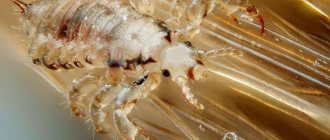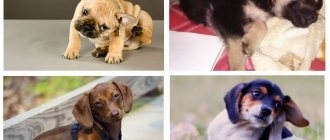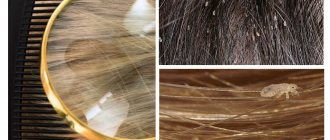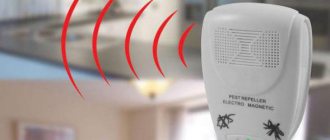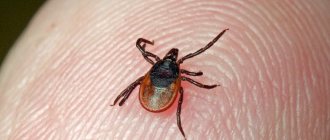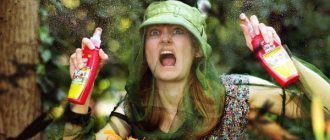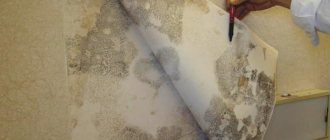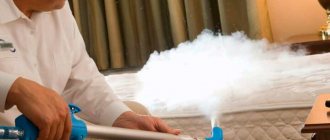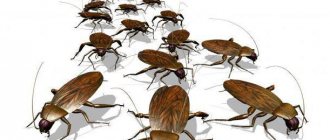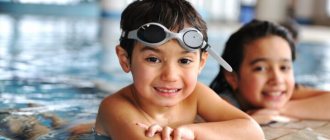A routine inspection for pediculosis is the best prevention of the spread of the disease. Lice are difficult to detect because these insects are small in size and quickly hide among hair. A person infected with parasites transmits lice through close contact with other people. Therefore, it is important to identify and neutralize hair pests in a timely manner.
When is it necessary to carry out
A preventive examination for the presence of lice allows you to detect the disease at an early stage and stop its development and spread.
The patient is tested when he or she develops the following symptoms of head lice:
- the presence of nits and live lice in the hair;
- itching of the scalp, which gets worse at night;
- traces of lice bites behind the ears and on the back of the head;
- the appearance of pustules on the scalp.
The patient's hair is checked using a special comb that has fine and long teeth.
Lice check
Methods used
Modern anti-pediculosis treatment of the patient includes the following methods:
- Mechanical. They involve removing parasites and their eggs by washing, combing or cutting the hair. Previously, hair removal was one of the most common ways to combat lice. Nowadays, mechanical methods are most often used where it is impossible to use “heavy artillery” - chemicals and insecticides. They are used if a child, a pregnant woman, a severe allergy sufferer is infected with lice, as well as in the presence of extensive or deep skin lesions. Hair removal and combing are combined with washing with a vinegar solution, which removes the “glue” and helps get rid of nits.
- Physical. They mainly involve heat, which is aimed at removing parasites on personal belongings. This includes boiling, ironing with a very hot iron, steaming at high temperatures, and also heating the hair with a hairdryer (used with restrictions).
- Chemical. These are the main ways to get rid of lice, since with the help of drugs you can radically remove insects and avoid relapses.
We suggest you familiarize yourself with: Treatment of fur coats against moths
The most effective technique is a combination of all three methods of influence.
How to test for head lice
The child is examined in child care institutions. But parents should check their child’s hair themselves. In this case, certain rules are followed and there are not many methods for carrying out the procedure. It must be done in daylight, once a week, using a magnifying glass.
Examination of the scalp when lice is detected is carried out in the following institutions:
- paramedic and midwife station;
- hospital;
- clinic.
Before testing a patient for head lice, the doctor should wash their hands and wear rubber gloves.
The examination algorithm for head lice is prescribed in the “Patient Management Protocol” and looks like this:
- Hair is unbraided and combed.
- The doctor examines the patient using a comb and a magnifying glass. First of all, the temporal and occipital parts of the head are checked.
- The patient is asked to undress in order to check his underwear.
- An examination of other parts of the body is carried out: the pubis and armpits.
On a note!
If the disease is detected, the patient is isolated and form No. 058/u (“Emergency notification of an infectious disease”) is filled out.
After the procedure is completed, the gloves are thrown away and the comb is disinfected. At home, the comb can be immersed in rubbing alcohol.
Folk recipes
Folk remedies for lice and nits have been used since ancient times. Some of them, such as kerosene and Dichlorvos, cannot be called safe, but they are still very popular. The second position in the ranking of dangerous and original products is occupied by hellebore water, hydrogen peroxide, and hairspray. However, there are also folk recipes that deserve attention.
Tar soap for lice
Tar soap and shampoo replaced dust soap, which was prohibited for production due to the fact that toxic components tend to accumulate in the epidermis layer. Tar soap is characterized by a specific pungent odor. According to research, it is effective against adult forms of parasites, but is useless for killing nits. However, most pharmaceutical drugs also have these disadvantages. But not everyone can boast of such a low price as tar soap.
Tar
How to use the product at home:
- grate the soap and add water at room temperature to form a thick mixture;
- apply to hair, root zone, cover with a plastic cap and leave for 40 minutes;
- rinse thoroughly with water and vinegar;
- comb out dead insects and nits;
- if necessary, repeat treatment after 7 days.
Vinegar against lice
Vinegar for lice
Vinegar breaks down the adhesive substance that attaches the nit to the base of the hair well, and also kills adult nits. All types of kitchen seasonings are suitable for removing insects: wine, apple, grape, table. How to get rid of lice using vinegar:
- prepare a solution of two parts water and one part vinegar 9%;
- moisten the hair with the resulting mixture, avoiding contact with the skin;
- cover your hair with plastic so that the mixture does not evaporate;
- stand for 30-60 minutes;
- comb your hair with a fine comb;
- Wash your hair with regular shampoo.
Herbal medicine against lice
Lice herb is an ineffective remedy that has a repellent effect. But if you consider that the parasites have nowhere to run, then there is no reason to rely on any effect from the use of herbal preparations and tinctures. Greater results can be achieved using essential oils.
How often is it carried out?
There are two types of checks:
- planned – carried out among different segments of the population at certain intervals;
- unscheduled - done when a person with head lice was discovered in the team.
The frequency of inspection for lice in children and adults differs:
- The procedure at school is carried out once a quarter.
- In kindergartens and boarding schools, adults and children are checked every month.
- People undergoing treatment in a hospital are checked once a week.
Those who go to health resorts should also be tested for parasites.
The following specialists can check a person:
- family doctor;
- dermatologist;
- paramedic;
- nurse;
- therapist.
If the disease has been identified, then after treatment a re-examination of patients is required. The date for re-examination occurs 14 days after treatment for head lice.
Actions with things
In the reception department, special papers are filled out, and the patient’s head, body, and personal belongings are examined. If live lice and nits are detected, the nurse conducts a thorough examination and determines the degree of infestation.
After identifying head lice, filling out all the necessary documents, and obtaining the patient’s consent, he is transferred to a separate room where sanitization will be carried out.
The procedure is contraindicated:
- children under 3 years old;
- pregnant, lactating;
- patients in serious condition;
- in the presence of ulcers, wounds on the head.
In other cases, the nurse is obliged to carry out disinsection before admitting the patient for inpatient treatment.
Treating items against parasites
The comb is thoroughly lubricated with alcohol. Rubber gloves are burned. Disinsection of the premises is carried out. In the examination log, the nurse records the procedure. Schedules a re-examination of the patient in 7 days.
Head lice screening at school
In educational institutions, children's hair is checked four times a year: after every holiday. Once a month, medical workers conduct a random check of students, but at least four classes undergo it.
On a note!
Children are being treated at home. The school nurse may recommend going to the hospital to clarify the diagnosis and prescribe antiparasitic drugs.
A head lice inspection report is not drawn up at school. But a special journal is kept. It contains the following information:
- class number;
- date of inspection;
- number of children tested;
- information about cases of pediculosis infection.
Students found to have insects are not allowed to attend classes.
In what cases is processing carried out?
Pediculosis is usually detected in the emergency department at the sanitary inspection station. If it is possible to detect adult lice and nits in the hair, an additional examination of personal hygiene items and the patient’s belongings is carried out. The patient is transferred to a closed room and examined on a couch. The procedure for getting rid of lice is carried out in an inpatient department. Disinsection measures include comprehensive measures to destroy parasites in hair, body, and clothing.
Contraindications for treatment may include:
- children under 3 years of age;
- pregnancy, lactation;
- serious condition of the patient;
- a large number of purulent wounds on the skin.
When pediculosis is detected, it is necessary to fill out the appropriate papers in which the patient gives his permission to carry out the procedure. Anti-lice medications are allocated either from the medical fund or purchased at the expense of the patient. The actions of a nurse in case of head lice are limited to preparing and carrying out sanitation, filling out a log in which the data is displayed in table form, and notifying the patient’s relatives.
In cases where lice are detected in children, the health worker reports to the preschool or school institution. According to the new Sanpin on the prevention of lice, an unscheduled inspection is carried out in the class and group, and preventive measures are taken to prevent the spread of lice.
